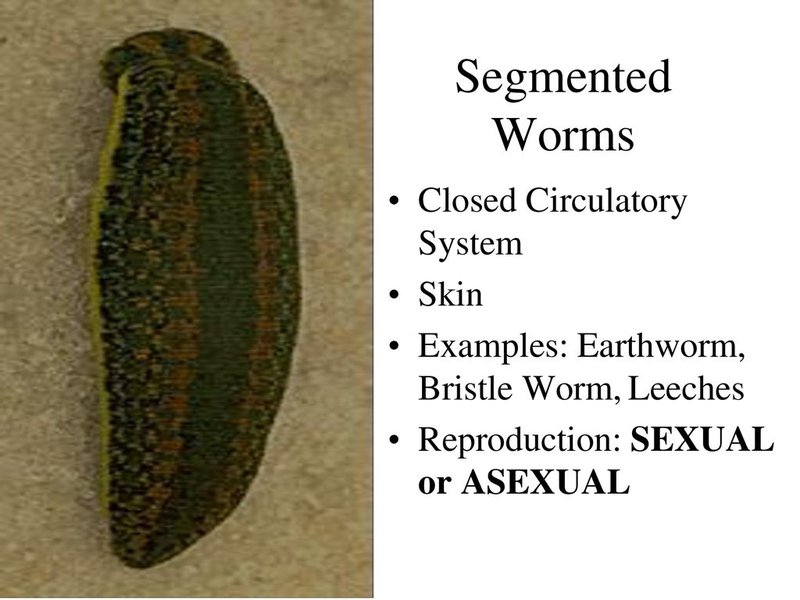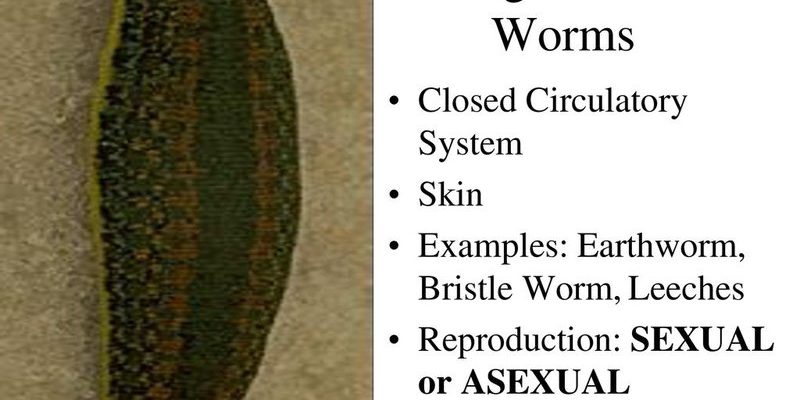
Reproduction might sound like a straightforward topic, but with bobbit worms, it gets a little more intriguing. They can reproduce in two ways: sexually and asexually. It’s kind of like choosing between baking a cake from scratch or using a mix—the end result is delicious, but the methods can vary quite a bit! Each method has its own twists and turns, and understanding them sheds light on the bobbit worm’s role in the larger marine ecosystem. So, let’s unpack this together and see how these remarkable creatures bring new life into the world.
Understanding Bobbit Worms
Before we jump into reproduction, let’s get to know our subject a little better. Bobbit worms, scientifically known as *Eunice aphroditois*, are found in tropical and subtropical waters around the world. These worms spend most of their lives buried in the substrate, with only their colorful heads visible. They wait patiently for fish or other small marine animals to swim by, then strike with lightning speed to snag their meal.
Their bodies are segmented and can vary in color, ranging from bright greens to deep reds. They’re often mistaken for sea slugs or even other types of worms. Despite their somewhat creepy appearance, they play a crucial role in maintaining the health of marine ecosystems by helping to recycle nutrients and control smaller predator populations.
In short, understanding who bobbit worms are sets the stage for grasping how they go about making more of themselves.
What is Sexual Reproduction in Bobbit Worms?
Now, let’s dive into the first method: sexual reproduction. In nature, this is often the classic way to create offspring, and bobbit worms are no exception. During certain times of the year, usually when conditions are just right, adult bobbit worms release their eggs and sperm into the water. This process is known as spawning.
You might be wondering how that works, right? Well, the males and females synchronize their releases, which increases the chances of fertilization. It’s like throwing a big party—everyone has to show up at the same time for the fun to happen! After the sperm fertilizes the eggs, they develop into larvae that drift with ocean currents until they settle down and grow into adult worms.
Interestingly, this kind of reproduction allows for greater genetic diversity. The more varied the genes, the stronger the population can be against diseases and environmental changes. So, in this method of reproduction, bobbit worms are ensuring a healthy future for their kind.
Asexual Reproduction: A Simpler Path
On the flip side, let’s talk about asexual reproduction. This method is like taking the easy route—there’s no need for finding a mate or synchronizing events. Instead, bobbit worms can reproduce by a process called fragmentation. Here’s how it works: if a bobbit worm gets injured or parts of its body are broken off, those pieces can actually grow into new, complete worms.
Imagine if you could just clone yourself every time you cut your hair! In the ocean, this adaptation is especially useful. It means that if a bobbit worm loses a segment, it doesn’t just survive—it can thrive and multiply. Each new worm is essentially a genetic copy of the original, which ensures that successful characteristics are passed on without the complication of sexual reproduction.
Asexual reproduction allows for rapid population growth, especially in environments where conditions can change quickly. In this way, bobbit worms can ensure their survival even when their surroundings become challenging.
The Advantages and Disadvantages of Each Method
So, why would a bobbit worm choose one method over the other? Each approach has its own set of pros and cons. Let’s break it down:
- Sexual Reproduction:
- Advantages: Boosts genetic diversity, leading to stronger populations.
- Disadvantages: Requires coordination and a mate, which might not always be easy.
- Asexual Reproduction:
- Advantages: Quick and efficient, no mate needed; great for surviving tough conditions.
- Disadvantages: Limits genetic diversity, making populations more vulnerable to diseases.
Both methods have their place in the world of bobbit worms. It’s all about adapting to their environment and ensuring species survival. Interestingly, this balance between sexual and asexual reproduction highlights the flexibility of life in the ocean.
Why Reproduction Matters for Ecosystems
You might be curious about why all this matters. Reproduction isn’t just a personal affair for bobbit worms; it has wider implications for marine ecosystems. Healthy populations of bobbit worms contribute to the stability of their environment. They help control prey populations, which in turn affects the entire food chain.
When bobbit worms thrive, they can improve the habitat for other marine life. Their burrowing activities aerate the substrate, which benefits the growth of beneficial microorganisms. Plus, these worms serve as a food source for various predators, tying them into the larger web of marine life.
So, understanding how bobbit worms reproduce gives us insights into ecological health and biodiversity. It reminds us of the delicate balance that exists beneath the waves.
Bobbit Worms and Human Interaction
Like many marine creatures, bobbit worms are also affected by human activities. Overfishing, habitat destruction, and pollution can disrupt their reproductive cycles. When their habitats are harmed, it not only affects their populations but also the health of the entire marine ecosystem they help sustain.
Conservation efforts aimed at protecting natural habitats are crucial. By preserving the environments where bobbit worms live, we’re also safeguarding the larger systems that depend on their existence. It’s a reminder that every little creature plays a role, no matter how small they may seem.
In summary, bobbit worms have some fascinating ways to reproduce, both sexually and asexually. Each method offers unique advantages and challenges, showcasing the incredible adaptability of life in the ocean. Whether they’re releasing eggs into the water during a synchronized spawning event or regenerating lost segments to create new worms, these creatures remind us of the marvels of marine biology.
Understanding how bobbit worms reproduce helps us appreciate their role in their ecosystems and the need for conservation efforts to protect these fascinating creatures. So, next time you hear about bobbit worms, you’ll know just how remarkable their lives really are!

